Ride in the Whirlwind (1966)
“Don’t make no trouble, is what’s best for all of us.”
|
Synopsis: |
|
Genres, Themes, Actors, and Directors:
Response to Peary’s Review: He further notes that at the time of GFTFF’s publication in 1986, it remained an “unpredictable cult movie” with a “strong reputation in Europe.” Peary analyzes the film in greater detail in his first Cult Movies book, where he formally lists The Shooting but discusses it hand-in-hand with this (slightly) earlier film. Indeed, many reviews seem to take the two movies as an automatic double-billing, given their coupled production history and many similarities, with Peary even asserting that “they seem to have been written by the same person.” In his (dual) review, DVD Savant further describes what makes Ride in the Whirlwind so unique, noting that its “finer qualities begin with Monte Hellman’s refusal to go for big dramatic effects and climaxes. We’re given no standard cues for ‘genre outcomes’ — nobody is an obvious hero, characters don’t live and die based on their billing in the credits… The crooks aren’t particularly vicious: … the posse is honest in their duty: … and everybody knows the score.” Indeed, while Hellman’s two westerns have been described as the first “acid westerns” — a term coined by Pauline Kael to denote westerns that subvert earlier conventions of the genre in favor of more openly acknowledging that some western journeys are towards death rather than liberation — it’s also easy to see them as simply a more depressingly realistic look at the harshness of survival in Western times. While we watch in fascination to see how the unusual storyline will unfold, we hold out no hope that anything resembling a happy ending is in sight — and as Peary writes, the “life endured by Perkins and her mother sticks [particularly] in the mind.” Redeeming Qualities and Moments:
Must See? Categories
Links: |
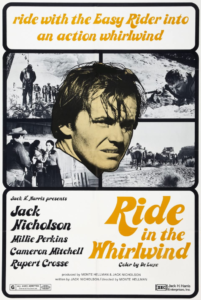
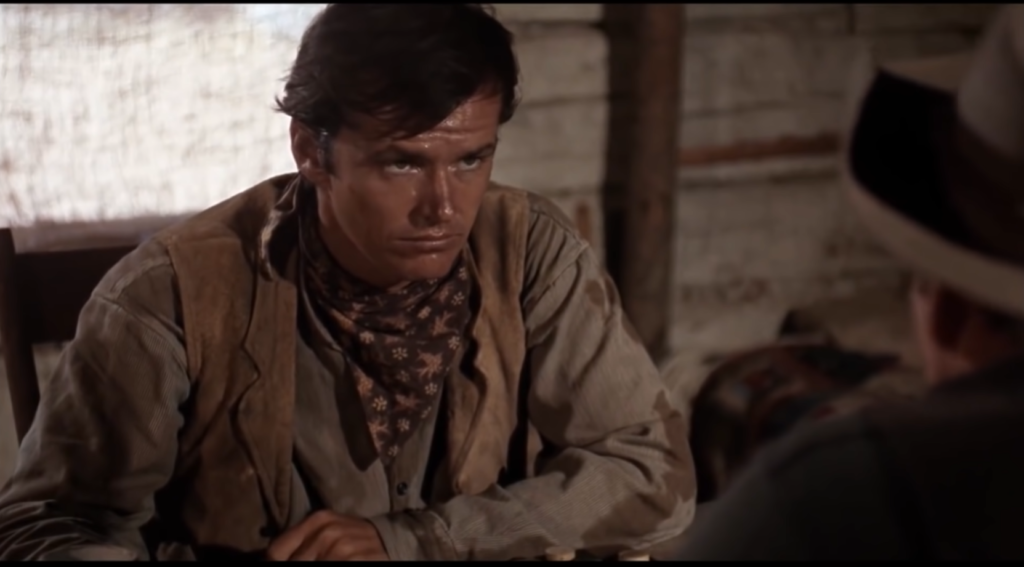


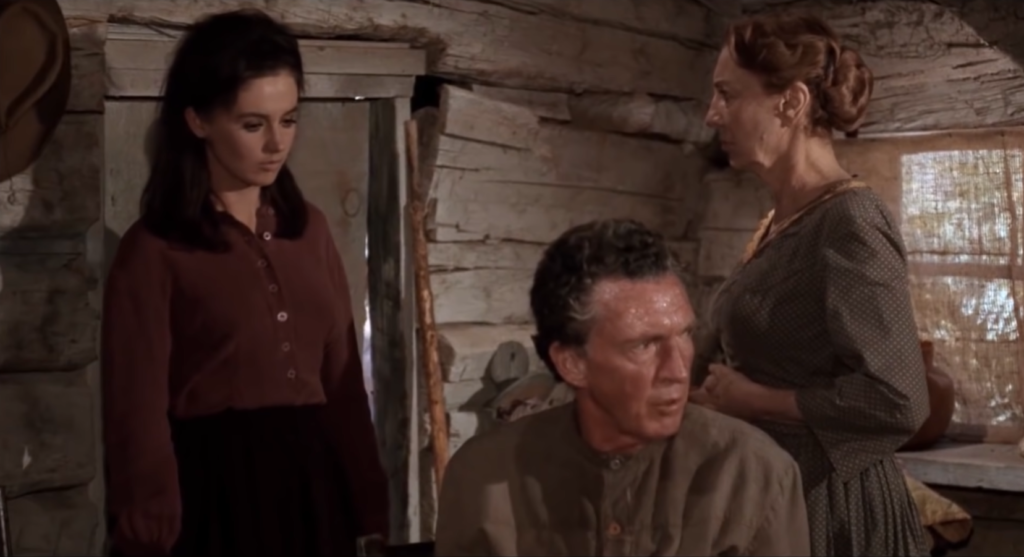
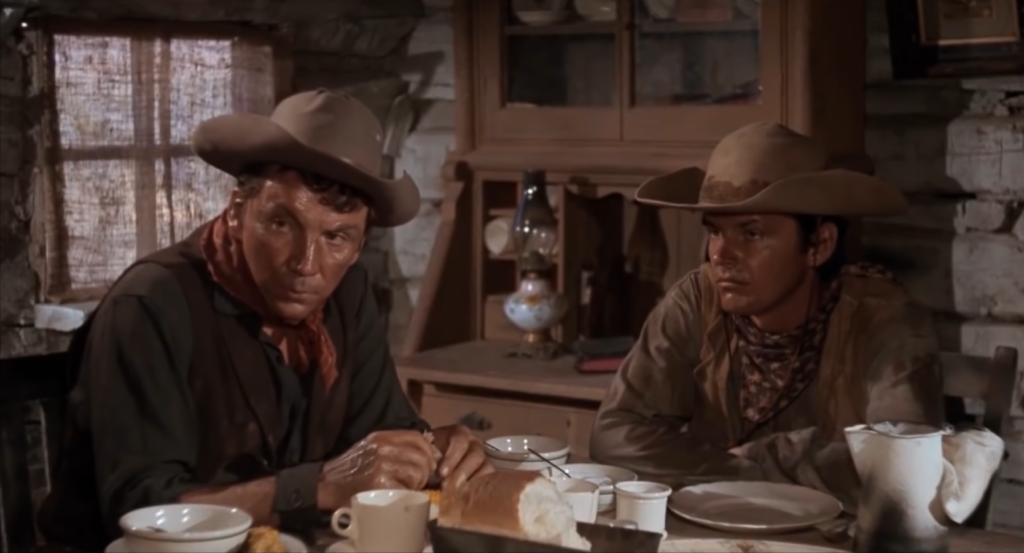
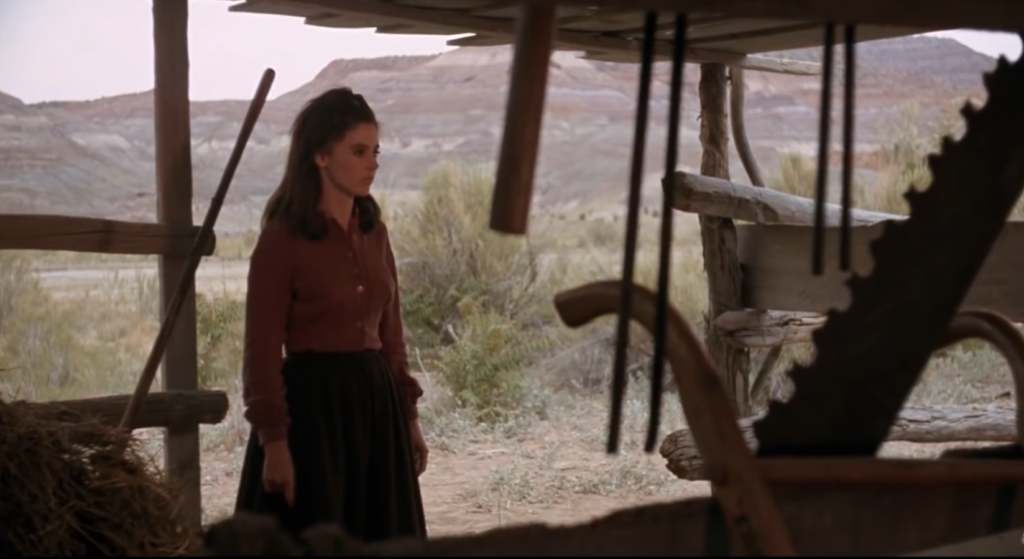
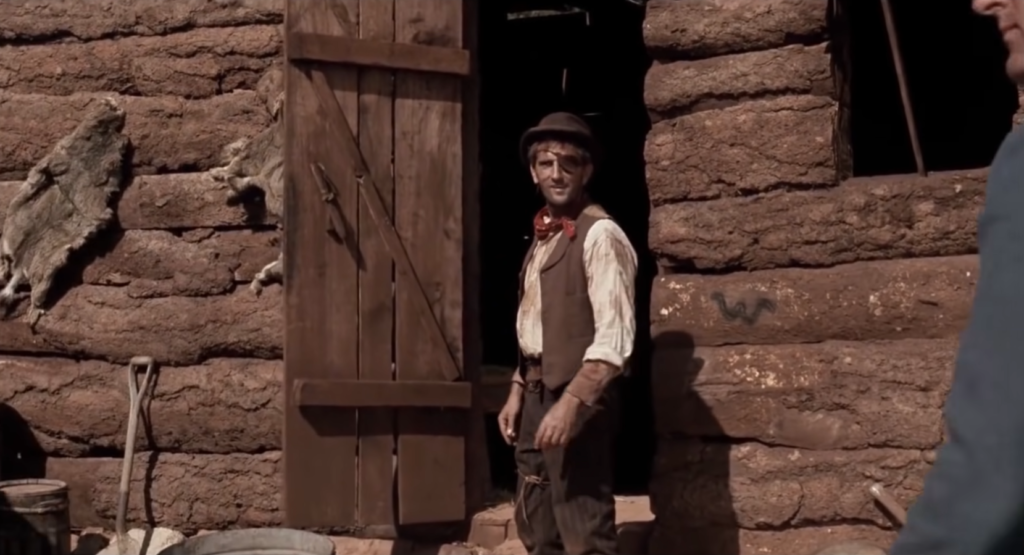


One thought on “Ride in the Whirlwind (1966)”
Agreed, must-see; as a unique cult western.
Although it may require a bit of patience early on, the slowly mounting tension begins to build from the fact that we have little idea of what’s actually going on.
I like what Hellman once said about removing dialogue as he went along – reducing the plot to its bare bones as he focused on telling his story as visually as possible. That leaves more for the viewer to bring to the table; filling in the blanks in a satisfying manner.
Production-wise, it’s about as lean as a film gets – showing that, if you have a simple but solid-enough tale to tell, you don’t really need all that much in order to tell it.